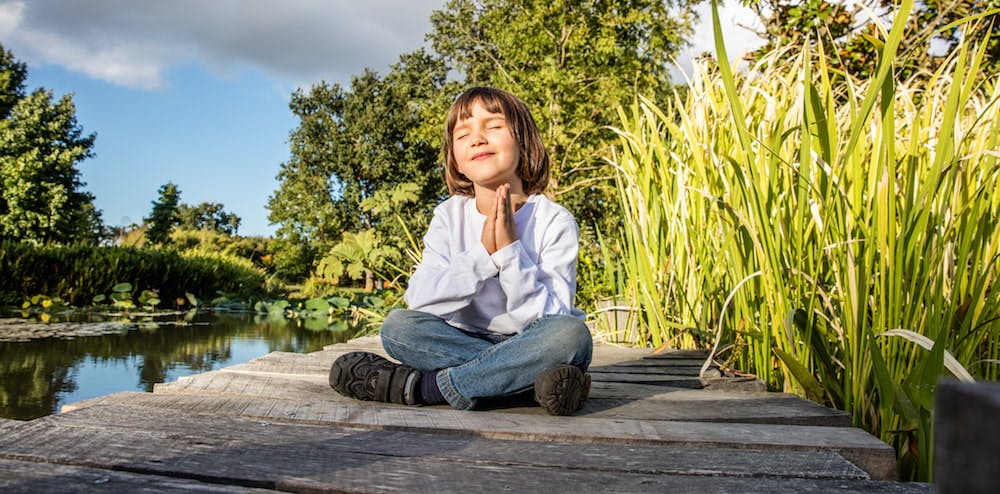
Kids and adolescents face many emotional challenges, but learning to quieten the mind can do wonders for their self-esteem
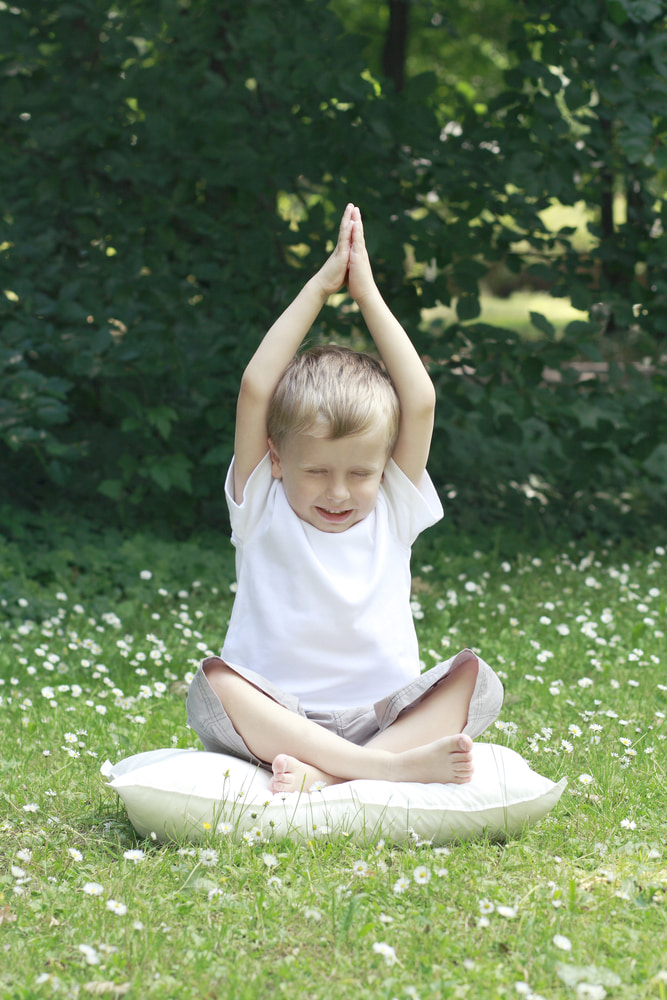
One of the main characteristics of this age group is a short concentration span. Young children need to be fully engaged in what they’re doing. Introducing meditation successfully to this age bracket means spending just a short period of time on each of the activities, and offering as much variety as possible.
Visualisation
Ask your child to keep their eyes closed and imagine a white screen above their nose and between their eyes. Ask if they can see pictures on the “screen”. Encourage discussion and ask them draw pictures of the images. While praise is important, praise the effort and not the content – otherwise they may tend to visualise previously praised images. Visualisation encourages concentration and self-knowledge.
Music
Music is very conducive to meditation. Play relaxing music in a calm room, and then ask your child to make their own music as part of the exercise. Young children love percussion instruments (plastic bottles filled with dried peas are just as good!). As the child becomes more centred, they will play their instrument softly without direction. This activity increases concentration and cooperative team skills.
Between the ages of 5–8, most children can have a vocabulary of up to 3,000 words
Counting the breath
Encourage your child to breathe in slowly to the count of three, hold, and then breathe out to the count of three. When they breathe in, ask them to focus on the feeling of coolness at their nose and the feeling of warmth as they breathe out. Suggest they should look on any thoughts as simply distractions and take no notice of them. This is a good exercise for starting to develop breath control, concentration and self-awareness.
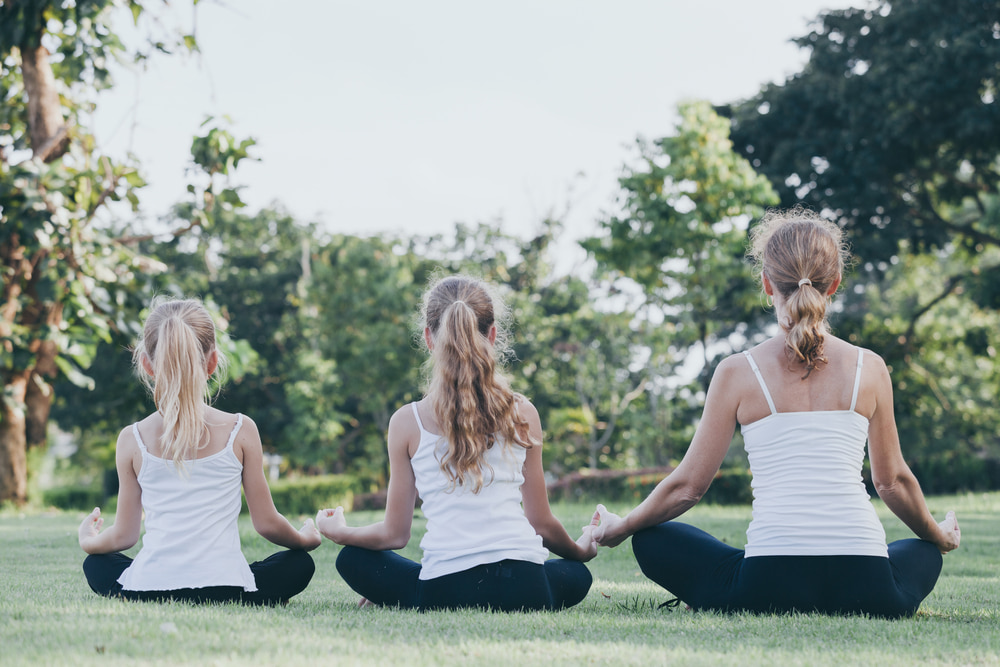
Older children are less easily persuaded into activities that do not have instant appeal, and may be self-conscious and need to see a convincing reason for doing anything new, so it’s important with this age group to explain the benefits of meditation.
Creative writing
Begin by asking them to imagine a doorway, to notice its features and then open it carefully and step through it. Suggest they are now in a tunnel where they can see a bright light. There are people there, who greet them with warmth and love. Perhaps they can communicate with these people. Ask them how they feel. If the children are going to write about this experience, they should do so straight away, while the experience is still vivid in their minds.
Consider the orange
Ask your child to look at an orange placed in front of them. Tell them they’re going to experience everything there is to experience about that orange – its shape, colour, smell, peeling and taste – without actually touching it. This exercise requires considerable focus and is a powerful way of leading children into the world of their imagination.
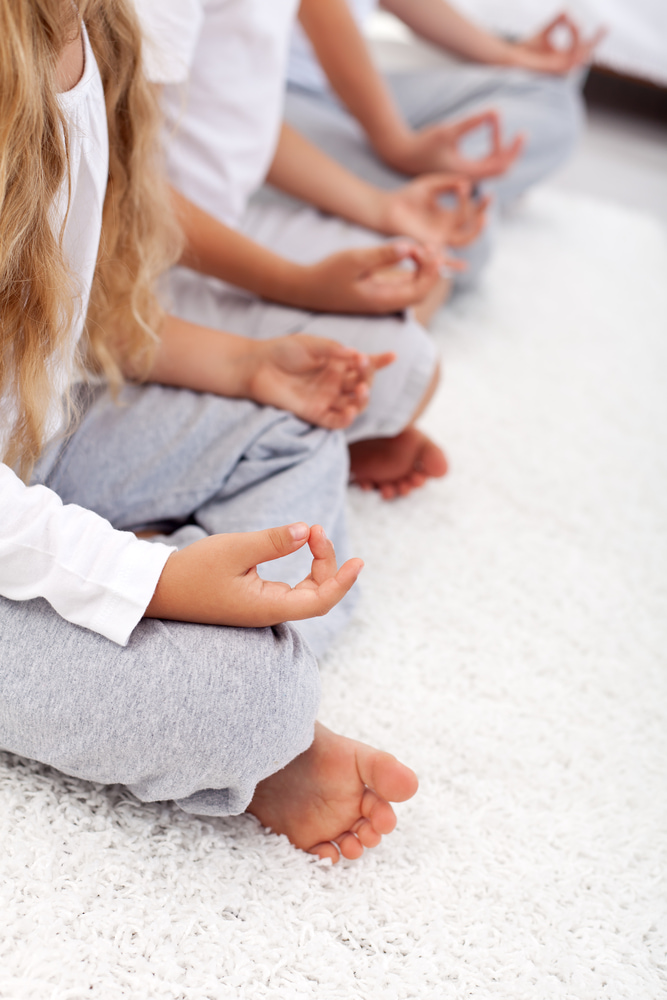
Moving with mindfulness
Mindfulness means focused awareness and is not an easy discipline. If your child is walking from one place to another, ask them to become aware of their body movements. They can be invited to keep up a silent running commentary on everything they’re doing, for example: “I’m walking from my desk to the bookshelf. Now I am sitting on the floor.” Alternatively, if they’re drawing, they could focus their awareness on the movement of the pencil on the paper.
Adolescence is often the most painful and confusing period of childhood. Hormones are unbalanced, issues of identity become of great significance, and there are many added stresses, such as preparation for important exams. These children are the most likely to resist any attempts to tell them what to do, so framing meditation in the right way is crucial.
Five minutes of life observation
This is a demanding exercise that older children may particularly enjoy. Spending five minutes being totally aware of every activity they engage in, noting their senses, their feelings and reactions, and then recording them as accurately as possible. For example, they might tell themselves: “I awake, it is morning, I feel the softness of the sheets. I see the ceiling of my bedroom. The ceiling is white and smooth.” With practice, their focus will improve.
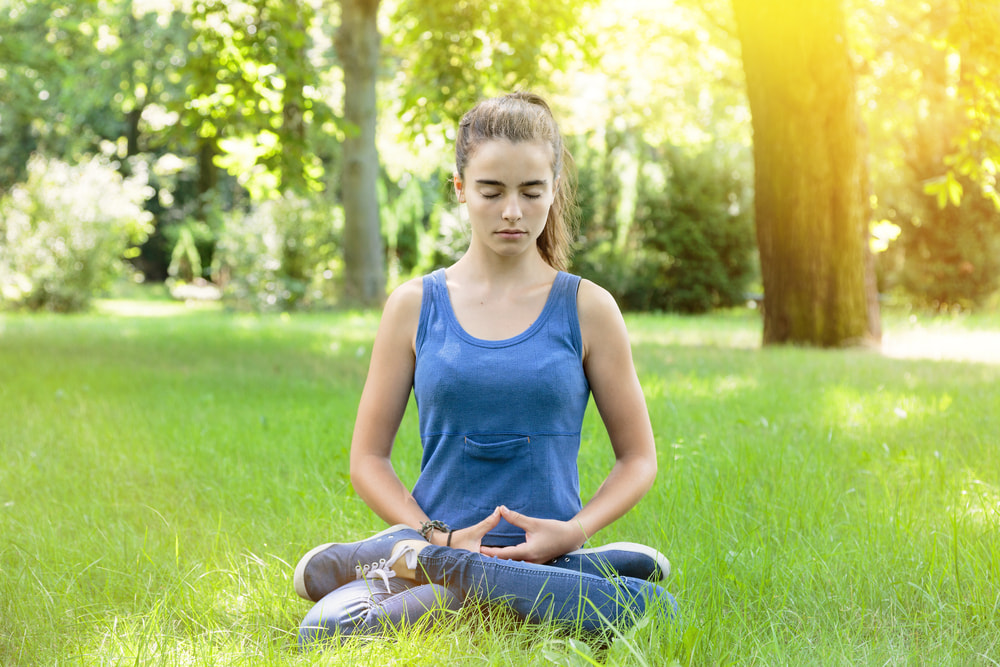
Letting go of physical tension
Play soothing music and encourage them to flop on the bed or floor and progressively relax each group of muscles. They should begin with their feet, then legs, and concentrate on each body part one at a time, working their way up the body, transferring consciousness to each part as they go, and allowing any thoughts that interrupt to float away on a cloud. This practice can often help with sleep issues.
Mantra meditation
The repetition of a single word or phrase, a mantra can really help in keeping an otherwise too active mind focused. One mantra technique is to watch the space left by the phrase on the outbreath. For example, your child could say: “I create my world” (or any phrase of their choice) as they breathe in, and then observe the space as they breathe out.

